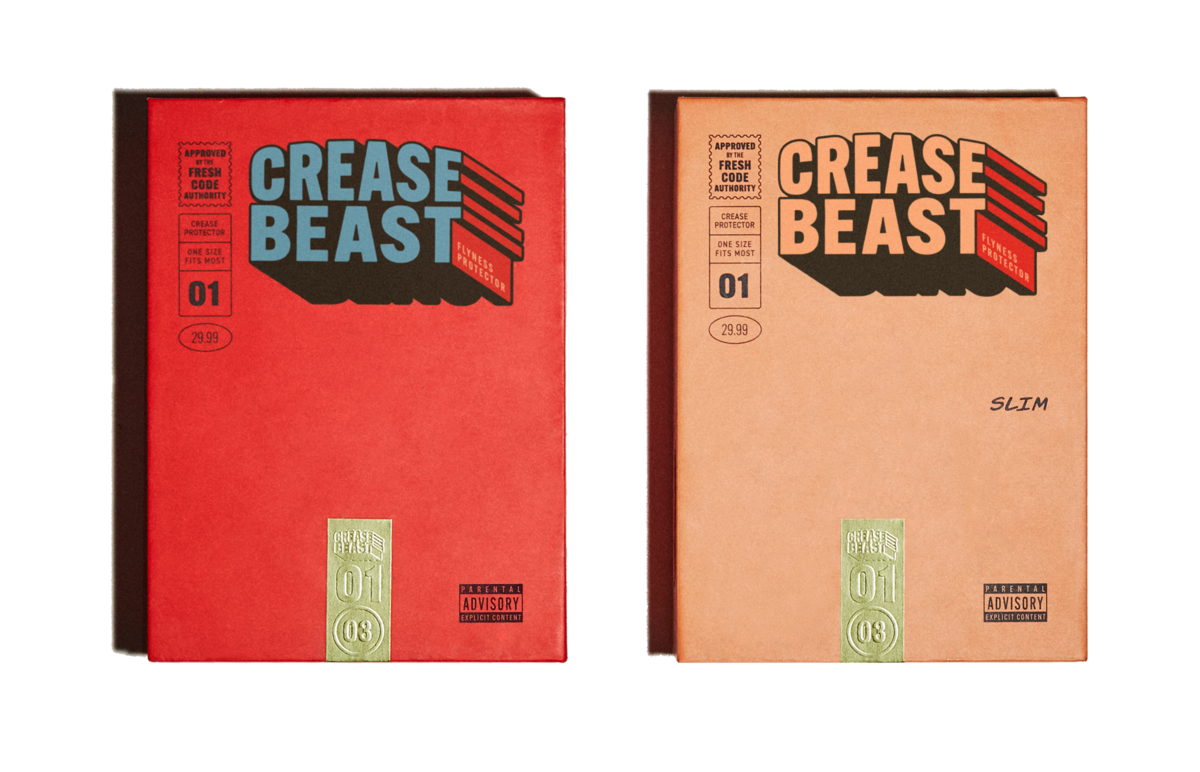How do shoe trees work to prevent creasing?
Shoe care is an essential aspect of maintaining the lifespan and appearance of our beloved footwear. One common issue that often plagues shoes is creasing, which not only affects the overall aesthetics but also compromises the structural integrity of the shoe over time. Shoe trees, a simple yet effective tool, have gained popularity in the shoe-care industry for their ability to prevent creasing and maintain the shape of shoes. In this article, we will explore the key factors that impact how shoe trees work to prevent creasing and discuss their importance in extending the lifespan of our favorite footwear.
The Purpose of Shoe Trees
Before diving into the mechanics of how shoe trees prevent creasing, let's first understand their purpose. Shoe trees are typically made of wood or plastic and are designed to be inserted into shoes when they are not being worn. Their primary function is to maintain the shape and form of the shoe, counteracting the natural forces that can cause creasing and deformation over time. By filling the empty space within the shoe, shoe trees provide support and pressure that helps to prevent excess folding and wrinkling of the leather or fabric upper.
Preventing Creasing
To understand how shoe trees prevent creasing, we must consider the properties of the materials used in shoe construction. Leather and other natural materials have a memory that allows them to retain their shape to some extent. However, when shoes are worn, they are subjected to constant pressure and movement, which can lead to creasing. This is especially true in areas such as the toe box and vamp, where the shoe bends during walking or flexing of the foot.
Shoe trees act as a support system for shoes by counteracting the forces and pressure that cause creasing. When inserted into the shoe, shoe trees fill the empty space, stretching and reinforcing the material. This helps to redistribute the stress and tension placed on the shoe, reducing the likelihood of unsightly creases forming. Additionally, the pressure exerted by the shoe tree encourages any existing creases to relax and smooth out, further restoring the shoe's original shape.
Maintaining Shape and Extending Lifespan
While preventing creasing is a significant benefit of shoe trees, they also play a crucial role in maintaining the overall shape and extending the lifespan of shoes. When shoes are not worn, they are susceptible to losing their form due to the absence of body weight and the constant force of gravity. This can result in sagging or collapsing of the shoe, leading to permanent damage or deformation.
By utilizing shoe trees when shoes are not in use, the footwear is provided with consistent support that helps to preserve its shape. This preventive measure ensures that shoes maintain their intended silhouette and structure, reducing the risk of developing unsightly wrinkles or deformities. Moreover, shoe trees help to absorb moisture and perspiration from the shoe's interior, allowing them to dry naturally and preventing the growth of odor-causing bacteria.
Tradeoffs and Challenges
While shoe trees are undoubtedly effective in preventing creasing and maintaining shape, it is essential to consider the tradeoffs and challenges associated with their usage. Firstly, shoe trees made from wood may absorb moisture from the shoe, which can potentially damage certain types of leather and cause warping or cracking. It is advisable to opt for shoe trees with moisture-absorbing properties or use shoe inserts to protect delicate materials. Secondly, shoe trees need to be correctly sized to ensure a snug fit without exerting excessive pressure on the shoe, as this can lead to distortion or stretching of the upper material.
Another challenge lies in the diversity of shoe shapes and styles available. Not all shoe trees are universally suitable for every type of shoe. Different shoe trees are designed to accommodate specific footwear designs, such as loafers, boots, or high heels. Therefore, it is crucial to invest in shoe trees that are tailored to the shoe's specific style and size.
Conclusion
Shoe trees are a valuable tool in the world of shoe care, working diligently to prevent creasing, maintain shape, and extend the lifespan of our cherished footwear. By understanding the purpose and mechanics behind shoe trees, we can appreciate their benefits in preserving the aesthetic appeal and structural integrity of our shoes. While it is important to consider the tradeoffs and challenges associated with shoe trees, their effective and straightforward design make them a worthwhile investment for anyone seeking to protect and maintain their beloved shoe collection.
